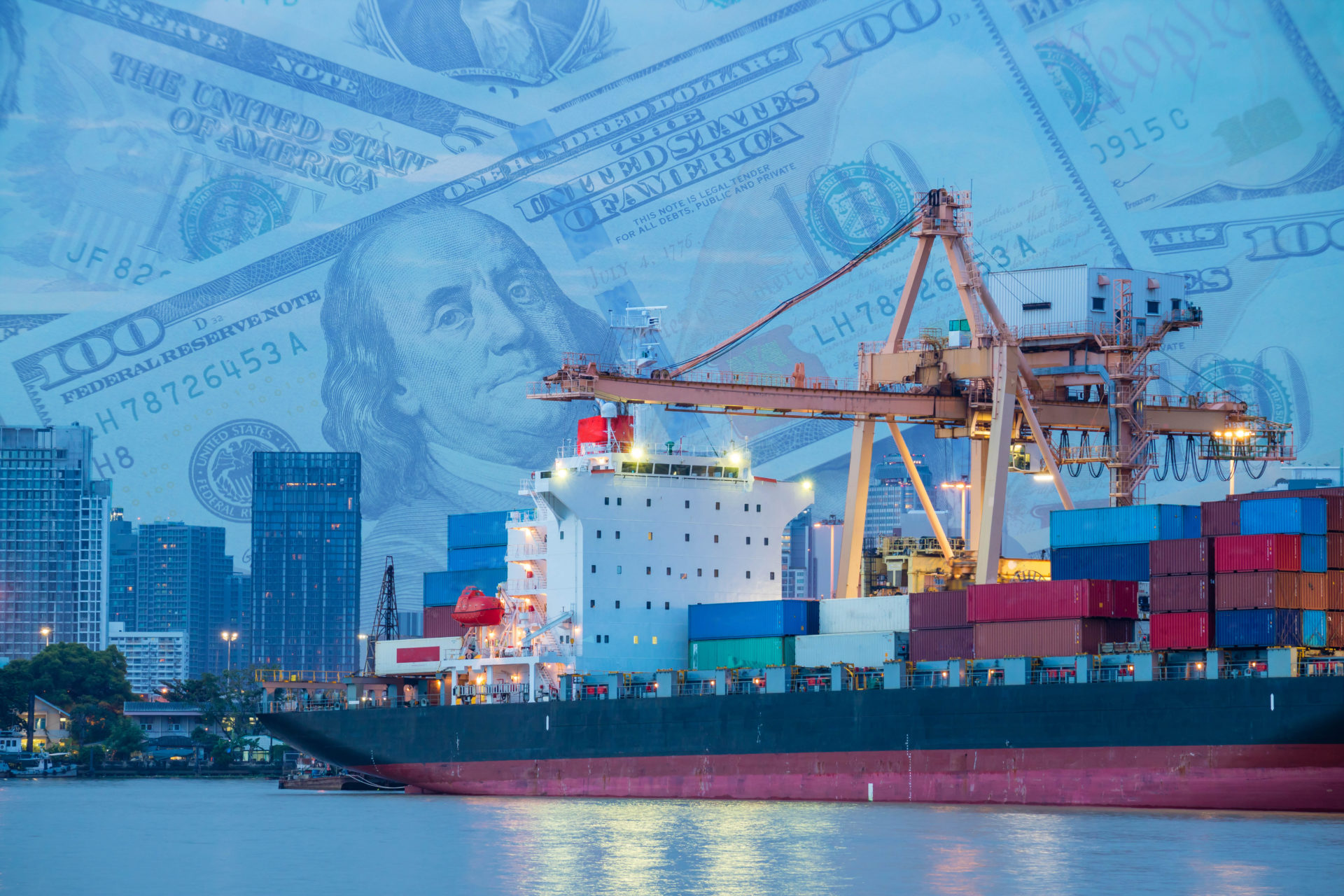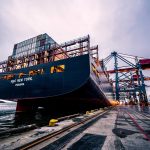Freight Rates Manage to Climb Even Higher
We’ve been watching freight rates rise to new heights, breaking record after record, for a year. Is it possible for freight rates to get worse? Yes. And they have. After a period of months with pretty steady, though very high, freight rates – even a moment last month when transpacific rates came down a little bit – freight rates climbed again.

Transpacific rates to both coasts as well as transatlantic rates to the East Coast rose significantly last week.
Here are some of the numbers reported by Greg Miller in an American Shipper article:
GLOBAL
The weekly Shanghai Containerized Freight Index, which tracks global trends, rose 8% week on week. And spot-rate moves don’t tell the whole story. Shippers are paying up to $3,000-$5,000 more per box in premiums on top of base rates just to get their cargo loaded.
Miller mentioned contracts, though also 50-100% higher than they were a year ago, protecting some shippers from these still surging freight rates. However, most readers of Universal Cargo’s blog fall in the small to medium shipper range, who operate in the spot market and see no contract mitigation, like BCOs get, on freight rates.
Asia to USWC Freight Rates
Shippers importing from China to West Coast ports like the Ports of L.A. and Long Beach are paying much more than they were a year ago and significantly more than just a few weeks ago. Miller reports:
As of Wednesday, the Freightos Baltic Daily Index assessed Asia-West Coast spot rates (SONAR: FBXD.CNAW) at $5,650 per forty-foot equivalent unit (FEU). That’s up 15% from the beginning of this month and up 70% from rates back in August and September when pricing began to garner headlines. Rates are now 3.2 times higher than in mid-May 2020, up 228% year-on-year (y/y).
…
Drewry’s weekly World Container Index, published Thursday, assessed Shanghai-Los Angeles rates at $5,255 per FEU, up 201% y/y…
Asia to USEC Freight Rates
Here are the numbers Miller shared for those shipping from China and elsewhere in Asia to East Coast ports:
On the longer route from Asia to the East Coast via the Panama Canal (SONAR: FBXD.CNAE), Freightos assessed Wednesday’s spot rate at $7,435 per FEU, up 171% y/y. The all-time high was hit Tuesday: $7,555 per FEU.
Add on extra charges and it looks like paying around $10,000 per FEU is the new normal for Asia-East Coast cargoes.
Drewry’s weekly World Container Index, published Thursday, assessed … Shanghai-New York rates at $7,085 per FEU, up 154% y/y.
Transatlantic Freight Rates
Last month, we blogged about Transatlantic freight rates climbing in the wake of Evergreen’s massive containership the Ever Given blocking the Suez Canal as well as a little rise in transpacific freight rates that was happening at the moment. Miller’s American Shipper highlights how the transatlantic freight rates are continuing to grow:
Last month’s surge was just the beginning. Rates have kept climbing. As of Wednesday, Freightos put the Europe-East Coast spot rate (SONAR: FBXD.ENAE) at a record-high $4,299 per FEU, up 132% y/y.
Drewry’s assessment is considerably lower than Freightos’, at $3,550 per FEU, up 37% y/y.
The difference between Drewry and Freightos’ respective freight rate growth on the transpacific shows how much variance methodology and data gathering differences can make in the reporting of data and statistics. Despite the difference between these numbers, one thing is clear: freight rates are going up. And we’re still not quite to international shipping’s peak season.
Inflation Plus Inflation
Miller’s article title began with the clickable words “inflation alert.” Miller made it clear that these higher freight rates will be passed on to consumers as much as possible in the form of inflation. This is a scary thought when inflation is already hitting the U.S.
Massive government spending and dollar printing has the U.S. already experiencing inflation. High unemployment benefits and checks people are receiving from government stimulus are adding to inflation by making it harder and more expensive to hire workers for businesses, a number of which are paying people just to interview. The cancellation of the Keystone XL Pipeline and the cyber attack on the Colonial Pipeline also adds to inflation in the oil and gas sector. Putting this giant increase in the cost of shipping on top of these other inflation factors is scary.
As I’ve been saying all year, and for a while before, the risk of a big economic crash is high. What we’re seeing with freight rates is one more factor building up that risk. In the meantime, be ready for that dollar not to go as far as you’re used to.



